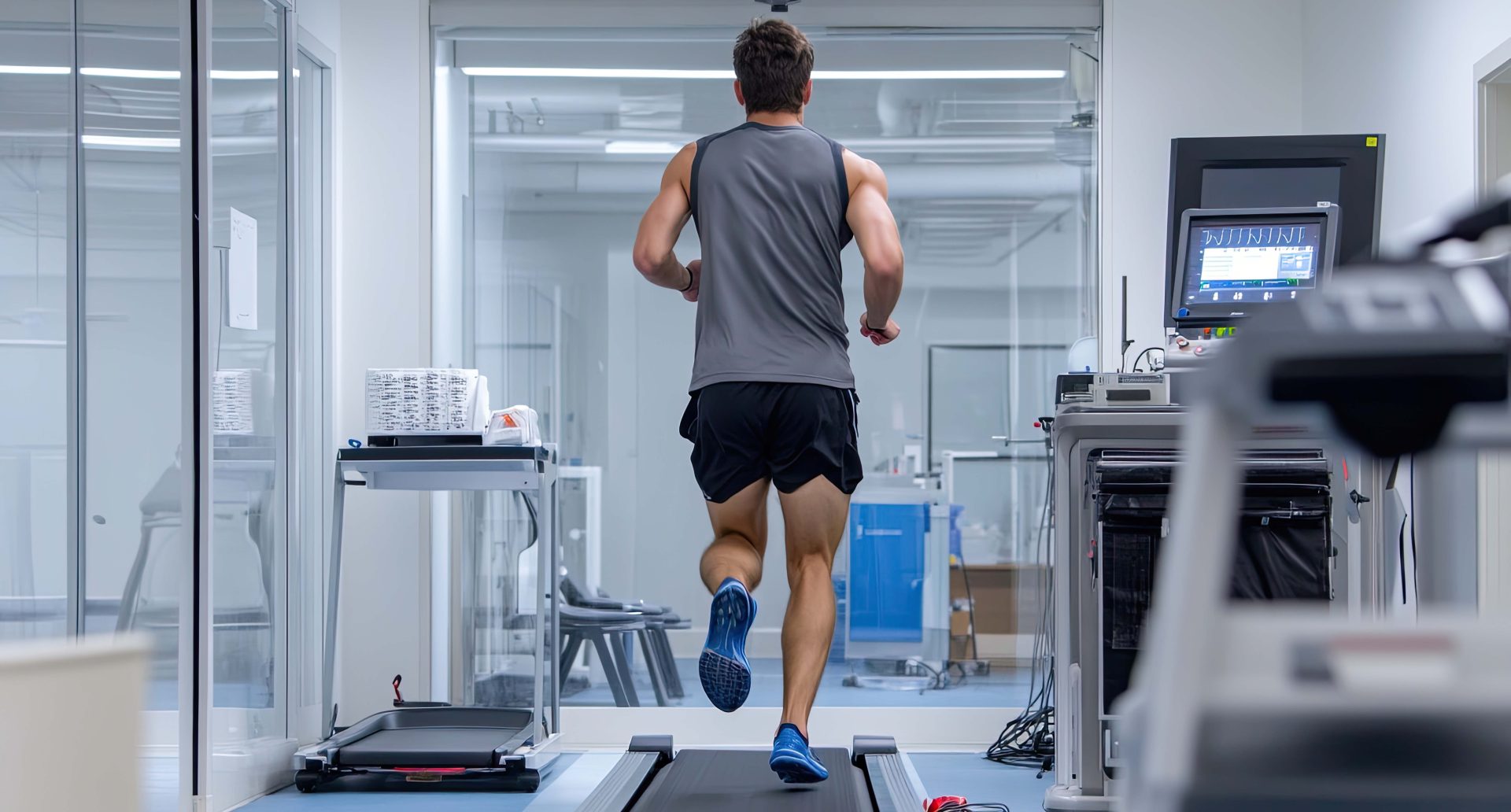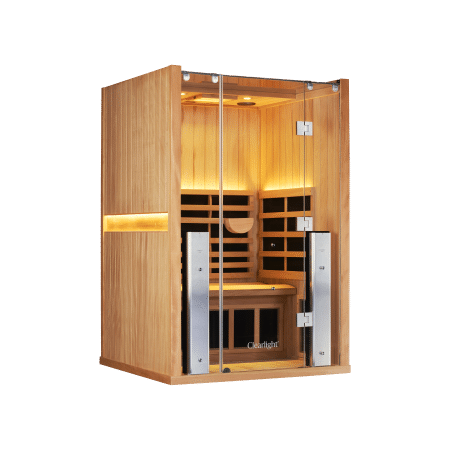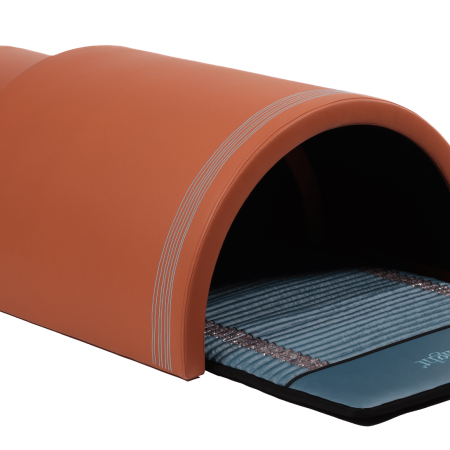In their systematic review and meta-analysis, researchers led by Ernesto Cesar Pinto Leal-Junior examined the effects of low-level laser therapy (LLLT) and light-emitting diode therapy (LEDT) on exercise performance and recovery. The study reviewed 16 randomized controlled trials (RCTs) published between 2000 and 2012, focusing on how phototherapy could influence muscle performance, fatigue, and recovery from exercise-induced muscle damage. The trials varied in terms of when phototherapy was applied—before, during, or after exercise. The primary outcomes measured were muscle performance (including the number of repetitions and time to exhaustion) and creatine kinase (CK) levels, which indicate muscle damage. The study found that phototherapy, especially when applied before exercise, significantly improved performance, including increased repetitions and a higher time to exhaustion, compared to placebo treatments.
The results from this analysis suggest that phototherapy, particularly using red or infrared light, can enhance muscle performance and recovery when applied prior to exercise. A significant improvement in muscle performance was observed, with an increase of 5.47 repetitions and 4.12 seconds in time until exhaustion, and these effects were more pronounced with specific light wavelengths and doses. However, while positive effects were seen on biochemical markers like CK levels, the heterogeneity across studies made it difficult to draw definitive conclusions about the therapy’s impact on muscle damage biomarkers. The study concluded that LLLT and LEDT can be effective for improving muscle performance and accelerating recovery, especially when applied before physical activity.





